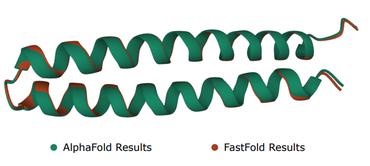Deep Learning for Computational Chemistry
The rise and fall of artificial neural networks is well documented in the scientific literature of both computer science and computational chemistry. Yet almost two decades later, we are now seeing a resurgence of interest in deep learning, a machine learning algorithm based on multilayer neural networks. Within the last few years, we have seen the transformative impact of deep learning in many domains, particularly in speech recognition and computer vision, to the extent that the majority of expert practitioners in those field are now regularly eschewing prior established models in favor of deep learning models. In this review, we provide an introductory overview into the theory of deep neural networks and their unique properties that distinguish them from traditional machine learning algorithms used in cheminformatics. By providing an overview of the variety of emerging applications of deep neural networks, we highlight its ubiquity and broad applicability to a wide range of challenges in the field, including QSAR, virtual screening, protein structure prediction, quantum chemistry, materials design and property prediction. In reviewing the performance of deep neural networks, we observed a consistent outperformance against non-neural networks state-of-the-art models across disparate research topics, and deep neural network based models often exceeded the "glass ceiling" expectations of their respective tasks. Coupled with the maturity of GPU-accelerated computing for training deep neural networks and the exponential growth of chemical data on which to train these networks on, we anticipate that deep learning algorithms will be a valuable tool for computational chemistry.
PDF Abstract


